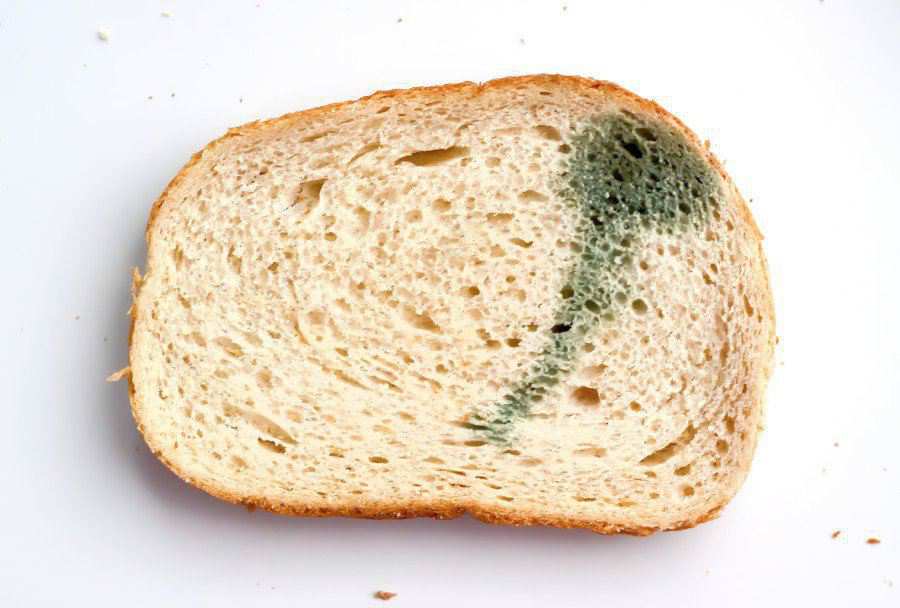Bread is one of those things that can be hard to store. It either goes stale too quickly or it gets moldy and gross looking. If you want to keep bread from molding, there are some steps you should take. Here we will discuss how to keep bread from molding so that your bread stays fresh!

Why bread is turning moldy?
Bread is turning moldy for a variety of reasons. It can be because of how bread was stored, if it’s old or the amount that has been left out at room temperature. Bread contains yeast and sugar which both contribute to its rotting process when not being saved properly.
To prevent breads from getting moldy you should to make sure your bread does not get wet. The place where you are going to store bread also should provide good ventilation. So you need to store bread in a dry place away from moisture and humidity at all times.
How to identify mold in a bread
- green or black spots
Sometimes it can be tough to tell if bread has mold on the exterior. You may have to look more closely at how its appearance is changing or how it smells. If you notice that your bread looks like there are holes in the surface, then this could mean it’s growing mold spores because of how moist and humid conditions.
- moldy smell
Bread that has growing mold can smell very unpleasant. You will notice how musty and earthy it smells when compared to bread without the spores present. If it smells like vinegar was poured on it or of stinky feet, give it away.

Caution! If your bread has grown that dreaded green or black spots or changed its original taste and smell, it’s time to throw it away! Mold that is growing on the exterior can cause someone who eats this product to become sick with food poisoning. It’s best not to take any chances and just toss it out!
Storage ideas on how to keep bread from molding
Keeping your bread in an air tight container such as a plastic bag can help prevent it from getting wet and growing the spores.
- Bread box
Bread boxes are also a great way to keep bread from molding. They allow your breads to remain dry and out of the humidity that is present in most kitchens or pantries. A bread box was designed to keep the right amount of air flowing and just enough humidity in the container. Mold takes longer to develop in a bread box.
- Kitchen pantry
If you live in a humid environment and don’t have a bread box, make sure to place your bread on the bottom shelf of the pantry. Putting it there will help keep how quickly it rots from happening.
- Bakers Bag
A bread box is built to keep the proper amount of air circulati ng while also maintaining an appropriate level of humidity. Mold takes longer to develop in a bread box. The only caution is that you should maintain just one loaf of bread at a time. The more bread, the more humidity it creates.
- Paper Bag
Paper lets air into the bag, keeping the bread dry and the crust crisp and delicious.

Is it better to store bread at room temperature or in the refrigerator?
The counter is definitely the better place for your bread. When a bread is first baked, its starches are rearranged during the process. When a bread is subsequently cooled after being heated during baking, its starches return to their original, crystallized form. Bread stored in the refrigerator will dry out and become stale much faster than bread stored at room temperature. For longer-term storage, you should freeze bread
Should I store bread in a plastic container? Storing in plastic doesn’t let moisture escape, so lean bread stored in a plastic bag will indeed get mushy and eventually mold if there is moisture present.
Can I put bread in a freezer?
Freezing is another way to keep your bread from getting moldy. This will help stop the process of how quickly bread gets old and begins to grow mold on its exterior. It can be stored for up to three months when put into the freezer.
In conclusion
We hope that you have found this article to be helpful and informative. If you’re interested in maintaining fresh bread, try storing it properly. Keeping bread mold free is not always easy, but we’ve provided some tips on how to do it!
